The Chargers are transitioning from a split safety Cover-3 zone to a two-high safety scheme.
Good Tweet on it's many pros and few cons. If you can't tackle well, you're not a fit in the scheme.
Allowing completions, but also rallying to the ball, also puts the receiver in-jeopardy of compression tackles, leveraged to create opportunities to challenge ball-security.










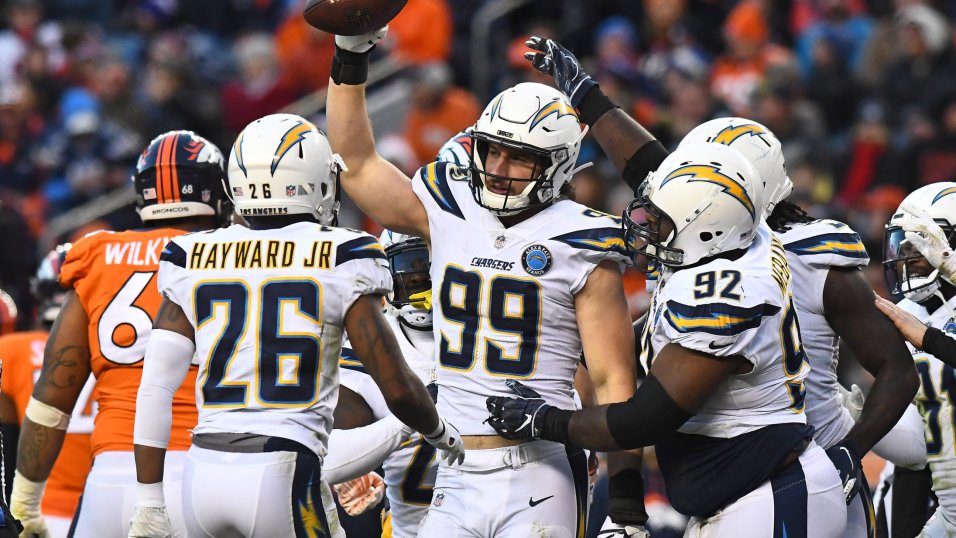

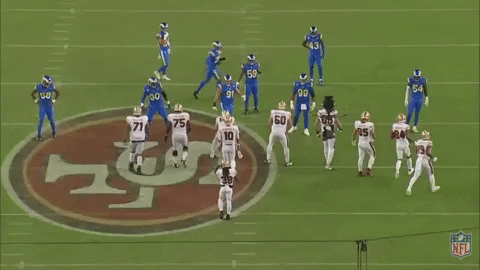
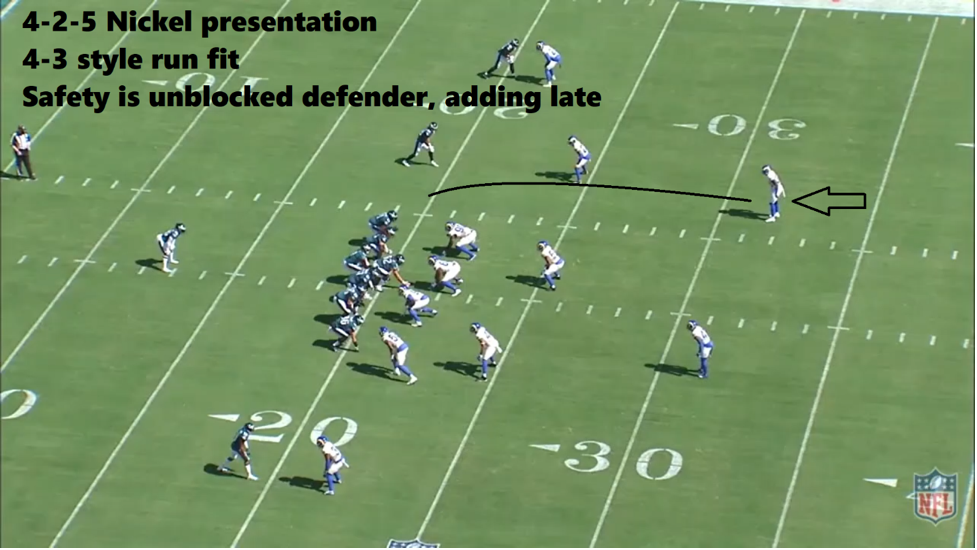
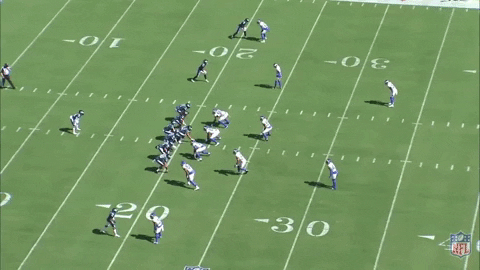
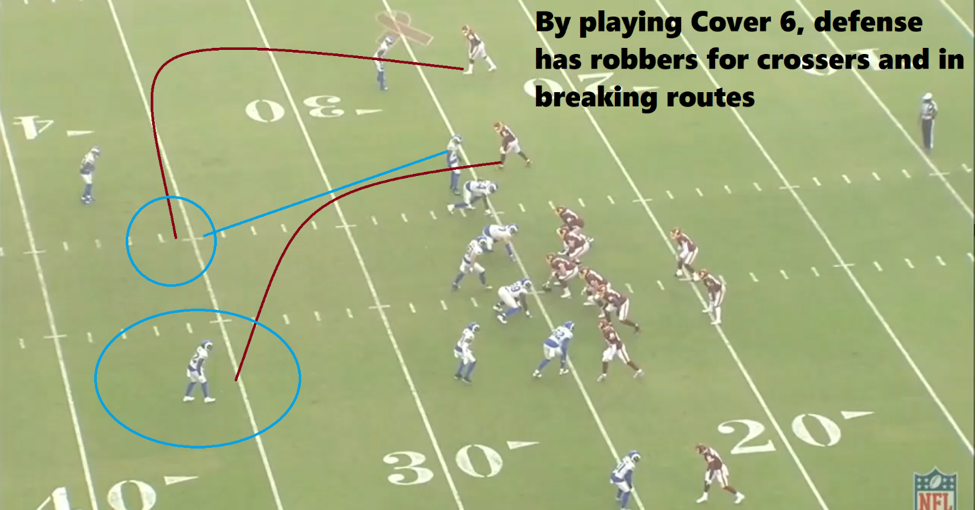
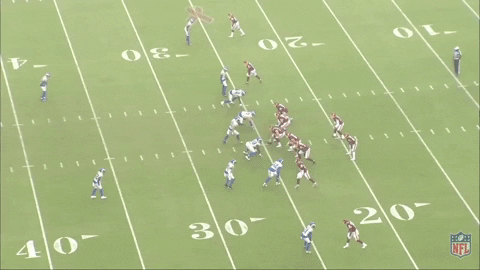


Comment